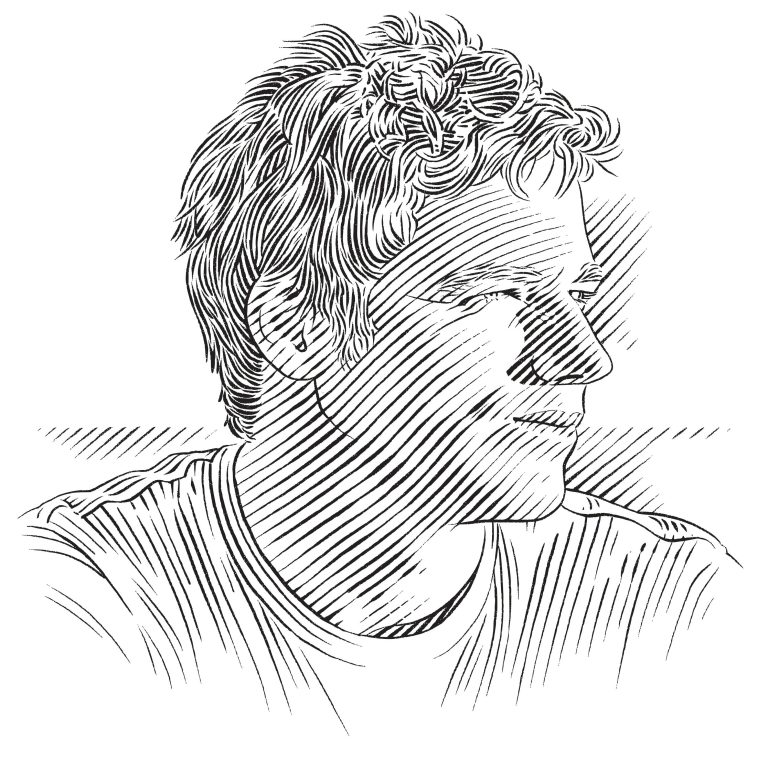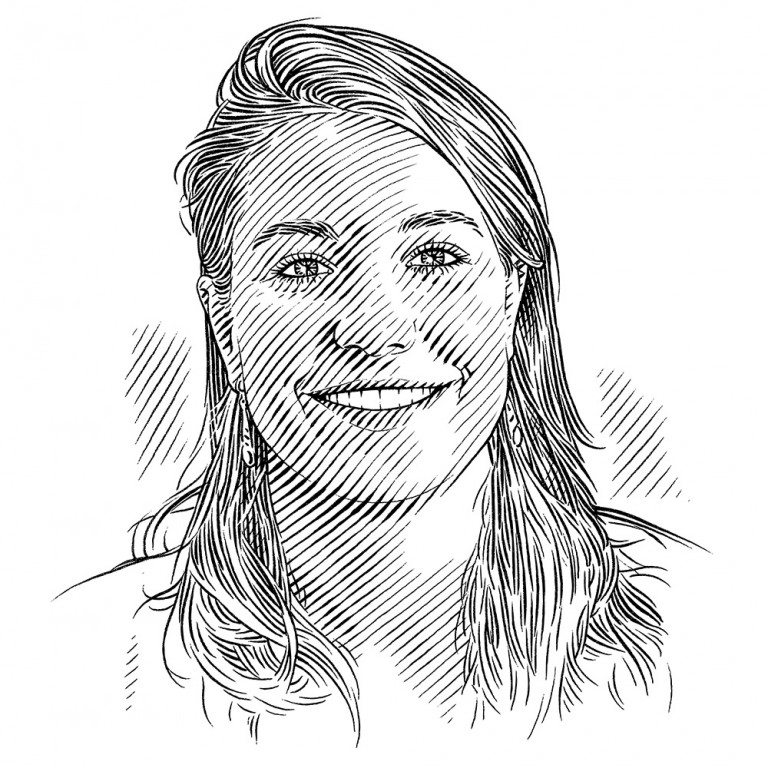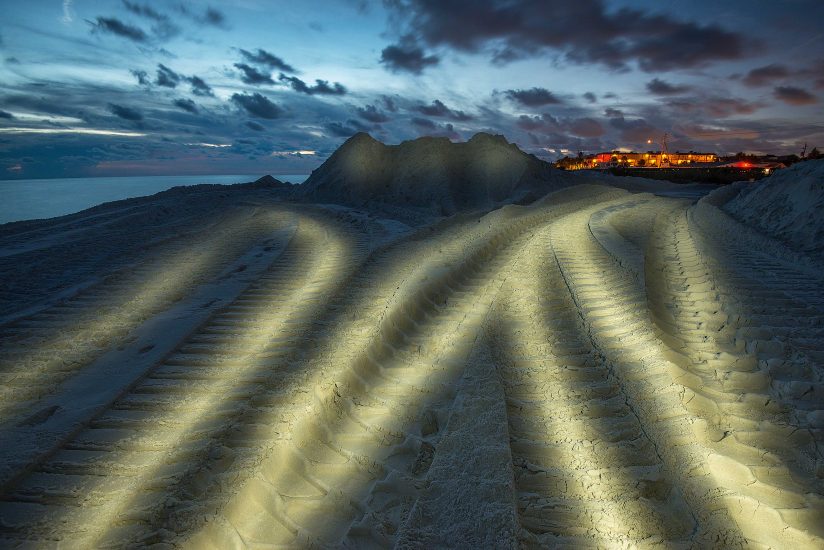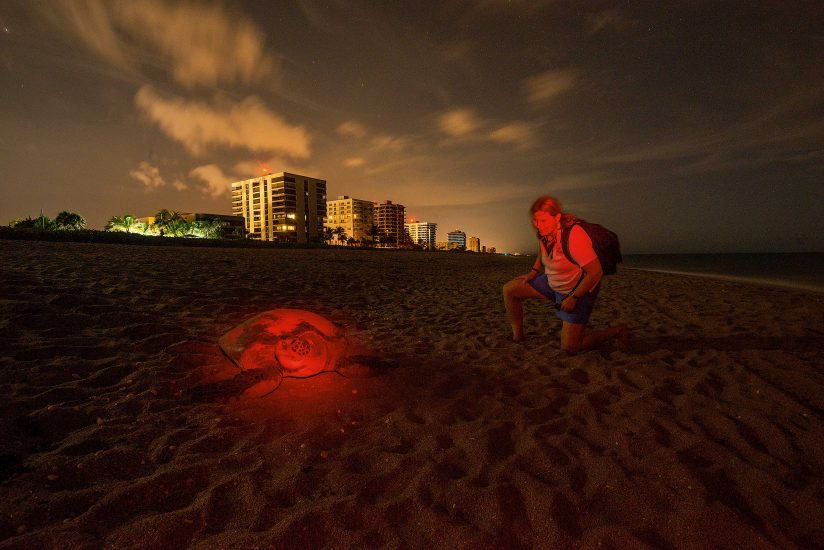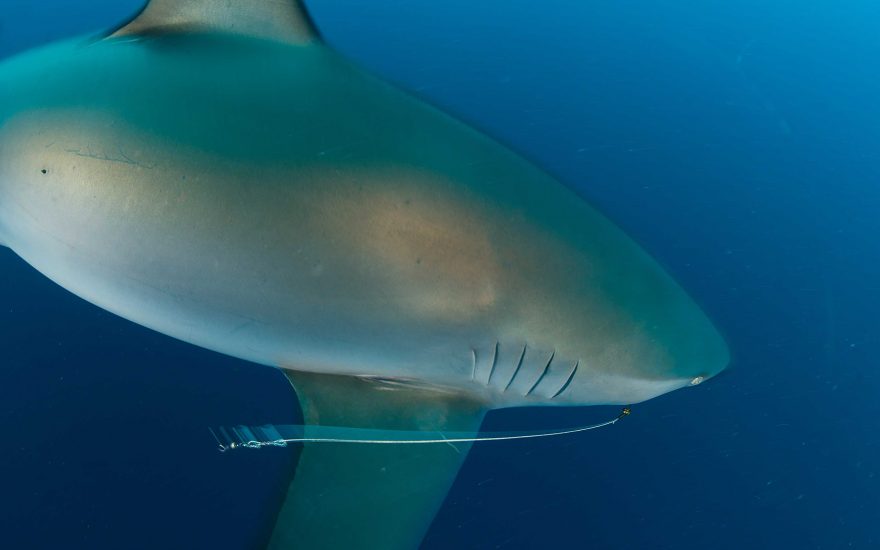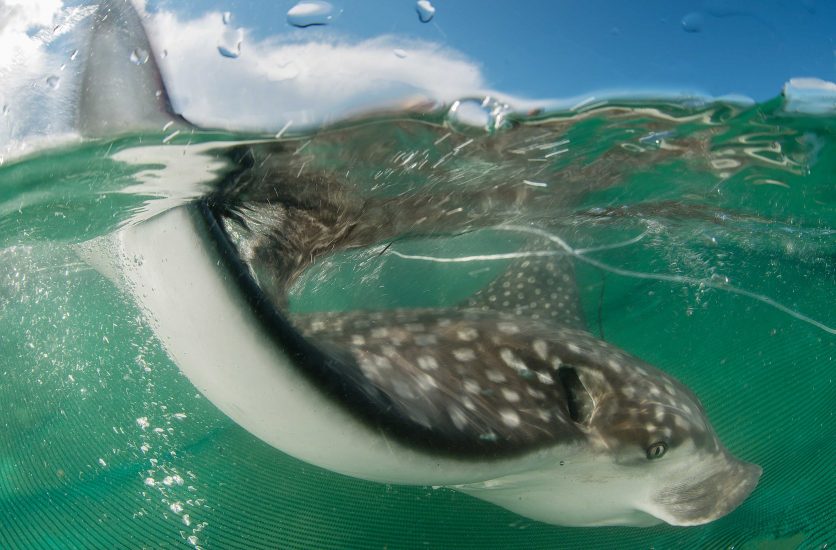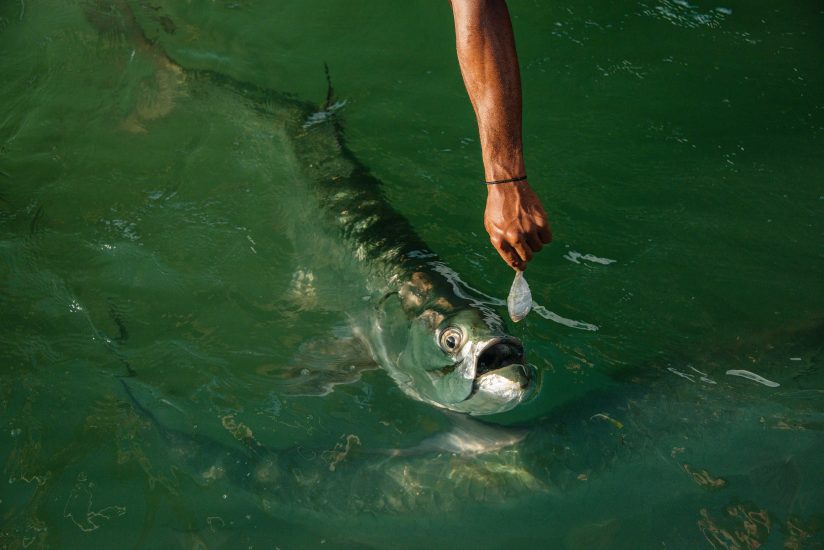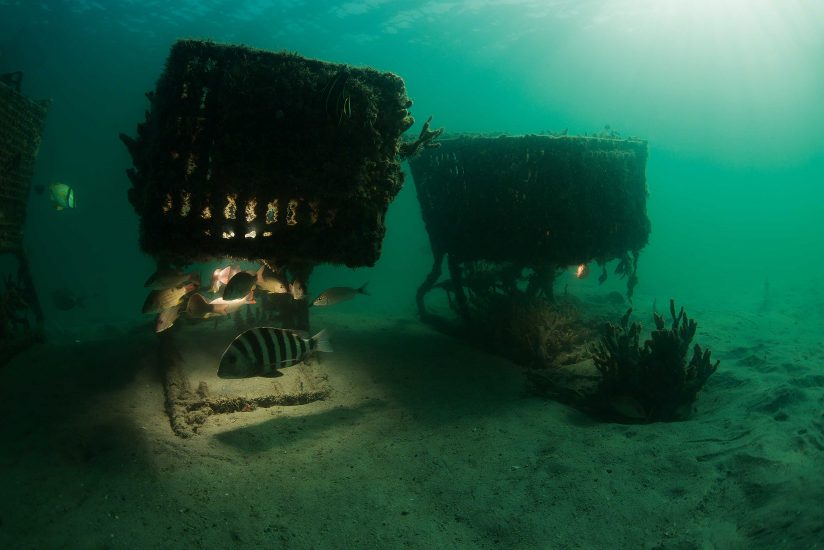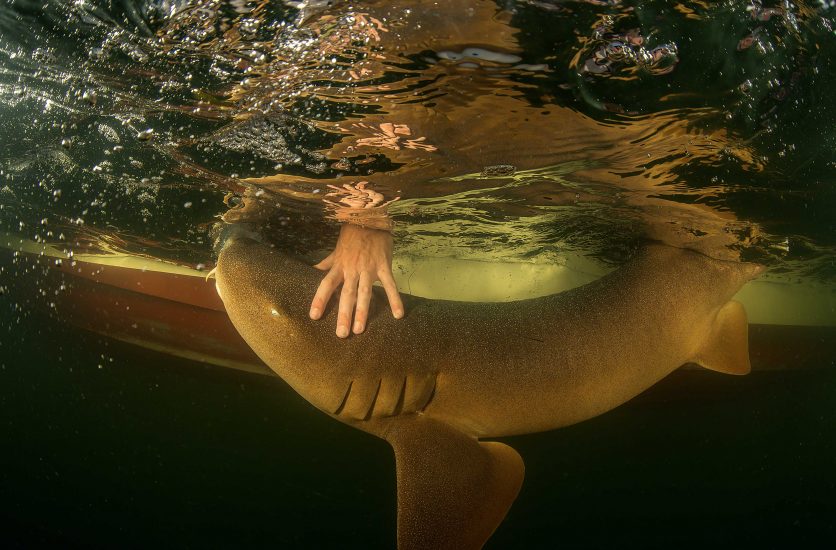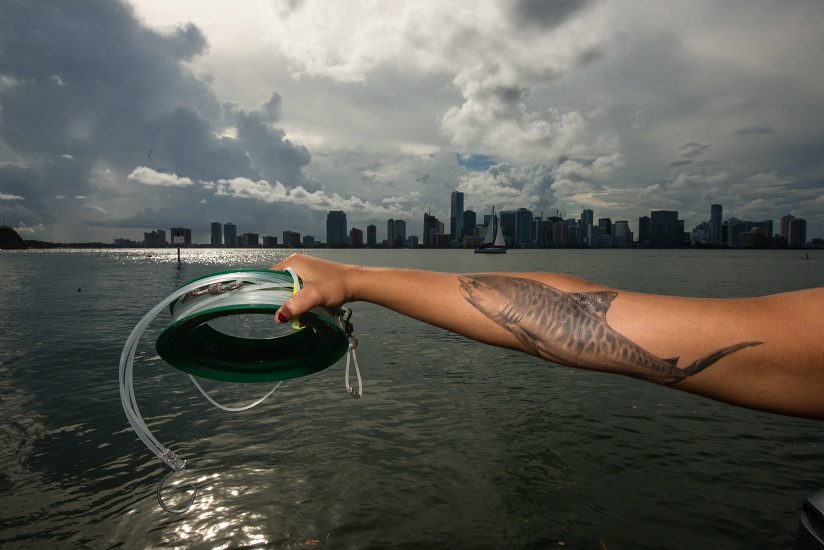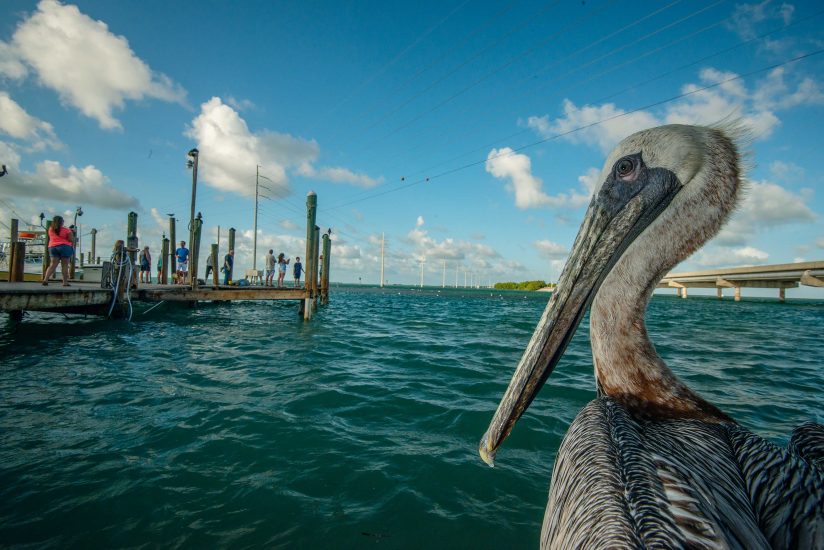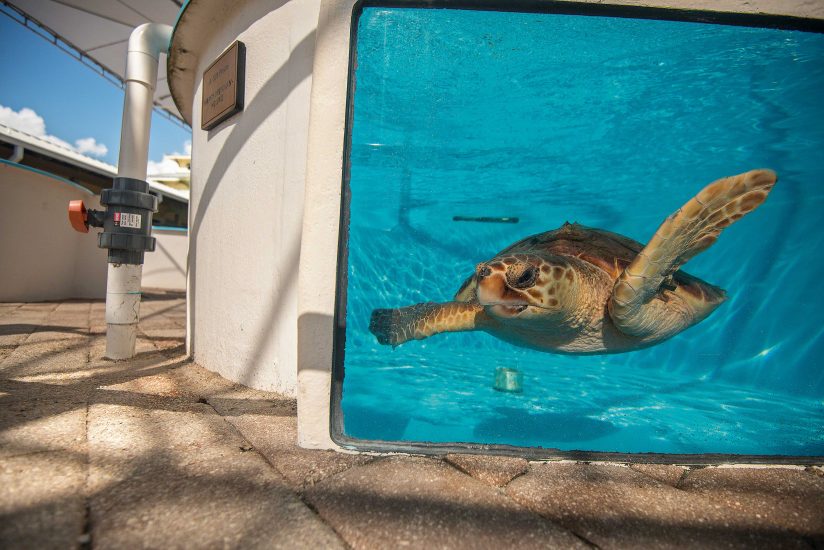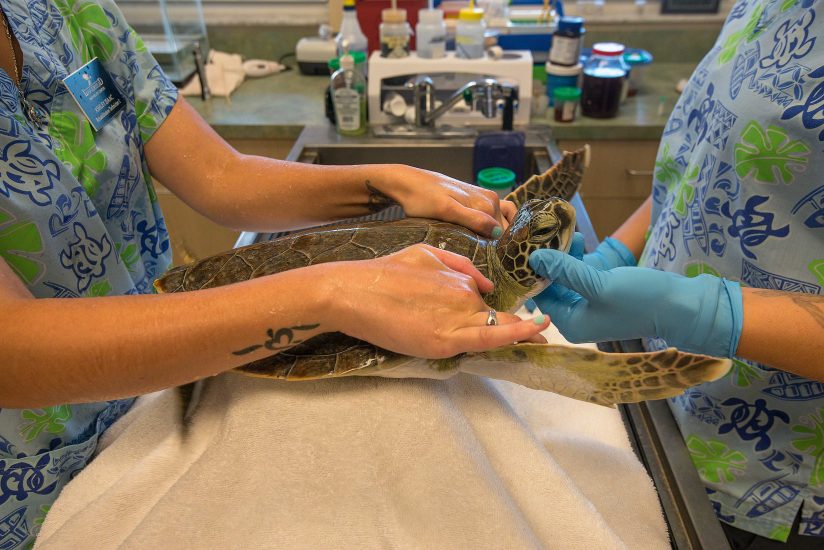Urban Pioneers: Floridas Marine Wildlife
As an impenetrable swampland, South Florida was one of the final frontiers for modern development in the Unites States. As such, it had an incredibly productive natural environment that supported a profusion of wildlife. In more recent times, a rapidly increasing human population has turned the region into an urban jungle, but it seems that its marine inhabitants are finding ways to survive, often with the help of local researchers and conservationists.
Photo by Justin Gilligan
Just before midnight on a South Florida beach, a massive sea turtle comes to land on hard, wet sand at the edge of the surf. She hesitates. All her senses strain to pick up any imminent threat. This is the third time she has come up onto this beach tonight; twice she has U-turned, disturbed by voices or unfamiliar vibrations. By now she is frantic. It has been two years since she last came to nest and she will come ashore between three and five times before the end of the season. Eventually, satisfied that she is safe, she uses her powerful flippers to force her body up the sand. In the water she can move like lightning, but on land it feels like she’s trying to propel herself through treacle syrup. About 100 metres away, two colleagues and I sit in silence, watching the heavy black shape push herself up the sand. Behind us is a wall of high-rise buildings, as there is along most of the coastline of south-eastern Florida – although Jupiter is positively parochial when compared to the urban jungle of Miami further south. It is a perfect mild evening and, apart from a few red lights in the distance, the beach is completely dark. My companions are photographer Justin Gilligan and Dr Jeanette Wyneken, a leading turtle expert and professor at Florida Atlantic University. Jeanette has been working in South Florida since 1984 and has been based at Jupiter since 1990. Both Jeanette and Justin are anxious to get what they need from this turtle and we have already seen a number of U-turns tonight. The trick is to wait for her to start laying, when she will go into a kind of trance and allow us to get up close.
After some time, Jeanette signals that we can approach. We walk along the shoreline until we find the end of the turtle’s track. From the interlocking strokes in the sand, Jeanette can tell that this is a loggerhead, a widespread and highly migratory species that is known to cross the Atlantic and Pacific oceans. We approach the turtle carefully from behind and Jeanette squats down next to her nest, pulling from it what looks like a soft white ping-pong ball. Loggerheads lay roughly 100 eggs at a time and it will take about two months for the young to hatch. ‘The hatchlings find their way to the water by fleeing tall, dark silhouettes. If there is a bright light, they are attracted to or disoriented by it, so instead of finding the sea, they are trapped by the light,’ she explains.
Finding a way to deal with light trapping was one of Jeanette’s first challenges when she arrived in Florida. At that time, it was not unusual for her to get phone calls from Floridians saying ‘We’ve got sea turtles in our swimming pool’, ‘We’ve got sea turtles in our parking garage’ or ‘There are sea turtles crawling onto the highway’. Much of the local human population is made up of retirees, so adequate lighting of beaches and buildings at night is a legitimate concern. Jeanette and her colleagues had to find a way to balance people’s needs and those of the turtles.
‘A lot of this has been an exercise in learning from people who do lighting,’ she says. ‘There have been several approaches and one of them was to understand what the turtles see. They don’t see red light, or at least not very well. When we found that out, we thought, “Okay, the turtles don’t see this spectrum of light very well, but people do.” That gave us a tool that would enable people to see without disturbing the turtles.’ Having found a way to avoid disrupting the turtles’ breeding attempts, she and her team then had to embark on a long-term education programme to inform Florida’s local municipalities and building managers and get them on board. With new people constantly trickling into the state, public education about lighting is an ongoing challenge.
SOSF Marine Conservation Photography Grant
The Save Our Seas Foundation believes that photography is a powerful tool for marine conservation. We invite emerging conservation and wildlife photographers who have a passion for marine subjects to apply for our 2016 grant. This is a unique opportunity for photographers to go on assignment, earn an income and gain experience under the guidance of National Geographic photographer Thomas Peschak.
